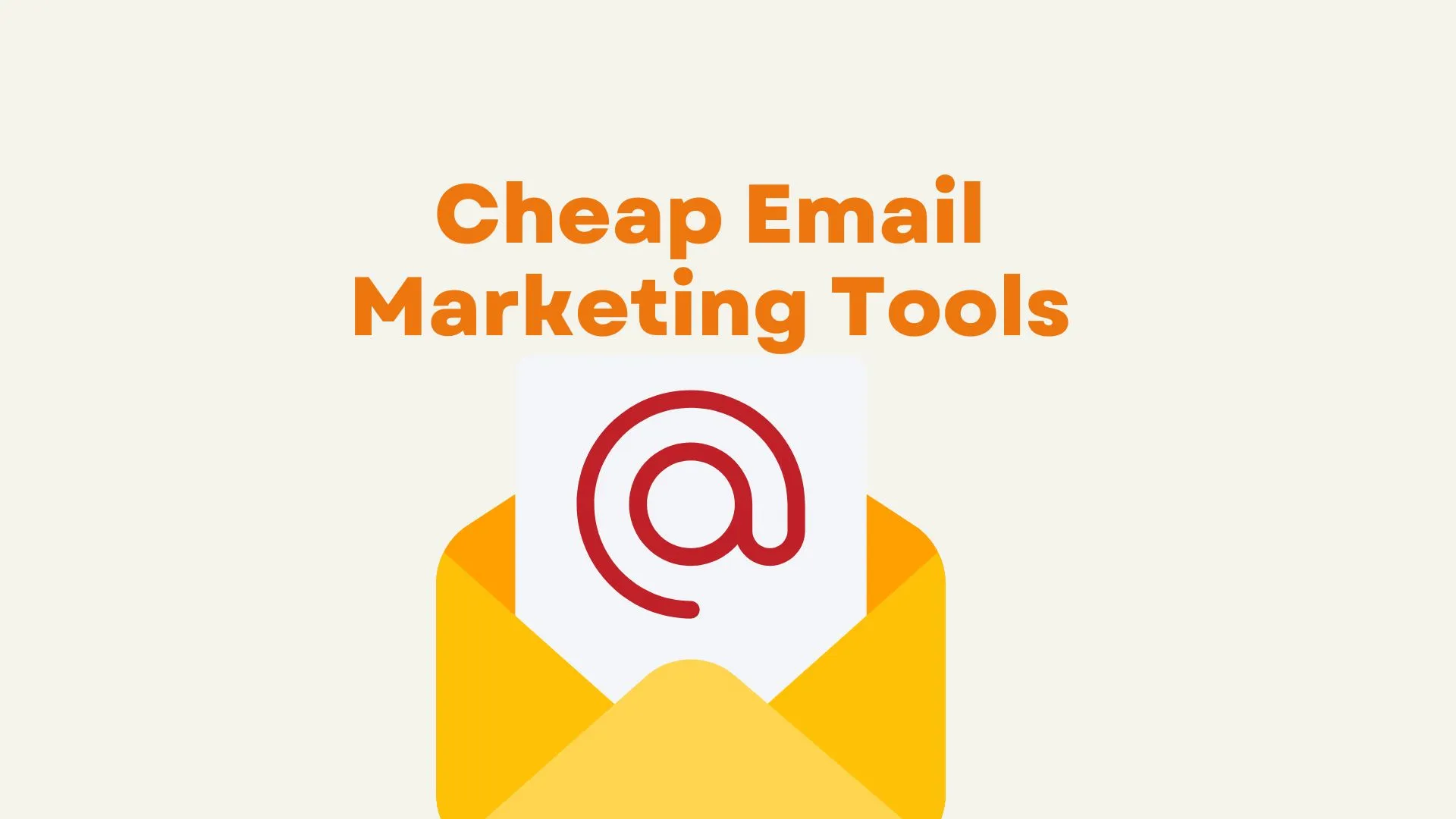What is CPA and How to Calculate for Email Marketing Success
Learn how to calculate CPA and why understanding this metric is vital for maximizing engagement, driving sales, and aligning marketing efforts with business goals.

In the fast paced world of digital marketing knowing your key metrics can make or break your campaigns. One of those key metrics is CPA or Cost Per Acquisition. It’s the total cost to acquire a new customer through your marketing efforts. Knowing your CPA will help you measure the effectiveness of your email marketing and adjust your budget accordingly.
Why does CPA matter for email marketing? It shows you how much you’re spending to convert leads into loyal customers. By looking at your CPA you can refine your email content, targeting and overall strategy to increase engagement and sales. This gives you data driven decisions that can boost your return on investment and take your business forward.
What is Cost Per Acquisition?
Cost Per Acquisition (CPA) is the amount you spend to acquire a new customer. This metric gives you a clear view of how your marketing campaigns are performing especially in email marketing. Calculating CPA lets you know how much you’re investing in each customer so your marketing is cost effective.
How to Calculate CPA and Why It’s Important for Business
To calculate CPA you divide the total marketing spend by the total number of new customers in a given period. The formula is:
[ CPA = Total Marketing Spend / Total New Customers ]
For example if your total marketing spend is $5,000 and you got 100 new customers, your CPA would be $50. This helps businesses measure their marketing effectiveness.
Tracking CPA is important for:
- Budgeting: Understanding CPA helps you budget across different marketing channels.
- Performance Measurement: Tracking CPA allows you to measure the performance of different campaigns and see which ones are working best.
- Customer Value: Knowing the cost to acquire a customer helps you work out the long term value of each customer and inform your pricing and sales strategy.
- Optimisation Opportunities: High CPA means inefficiencies, so marketers can refine email content, targeting and segmentation to increase engagement.
- Growth Strategy: Aligning CPA to your overall business goals means your marketing is directly contributing to growth.
By tracking CPA you can make data driven decisions to optimise your email marketing and grow sustainably.
Why CPA Matters for Marketers
CPA is a key metric to measure your email marketing’s performance. Understanding this will help you allocate your budget to your customer acquisition goals.
Tracking CPA will allow you to see how your campaigns perform. You can see which strategies give you the best return on investment. By looking at CPA you can see what’s working and what’s not in your email campaigns.
Monitoring CPA will give you insight into customer value. It will show you the profitability of acquiring a new customer vs retaining an existing one. A low CPA means you can get a lot of lifetime value from a lead, so nurturing your customer relationships matters.
Optimisation opportunities become more visible with CPA metrics. You can test different email strategies, subject lines, content and timing to find the best combinations. This process will give you better engagement rates and lower CPAs over time.
Aligning growth strategies to business objectives relies on understanding CPA. By setting specific CPA targets you create a clear roadmap for your marketing activities. This will allow you to measure and adjust based on real time data.
Ultimately, putting CPA at the heart of your email marketing will make your decisions better. By using CPA insights you’ll build campaigns that resonate with your audience and drive more engagement and sales.
What is Good (or Bad) Cost Per Acquisition?
Good CPA varies by industry and business model. A good CPA is usually 20-30% of customer lifetime value (CLV). For example if your CLV is $300, aiming for a CPA of $60-$90 is ideal. This is a profitable strategy and will drive sustainable growth.
Bad CPA is above the recommended percentage of CLV and means unprofitable customer acquisition. For example a CPA of $150 with a CLV of $300 means expenses are consuming 50% of that value. High CPAs will blow your budget and hinder your marketing performance.
Monitoring CPA will show you trends. Changes in market or customer behaviour will affect your optimal CPA. Adjust your email marketing strategy to these changes to maintain or improve your acquisition efficiency.
Try to aim for a decreasing CPA as your campaigns improve. Engaging content and targeted lists will reduce costs and increase customer engagement. Prioritise A/B testing on subject lines, content and send times to optimise your CPA over time.
A good CPA matches your CLV and means customer acquisition is efficient. Monitoring CPA closely will keep your email marketing on track with your business objectives.
How to Improve Your CPA
CPA is key to your email marketing. Monitor and optimise it and you’ll improve your campaigns and get better results. A/B testing will help you hone your content and targeting and lower your CPA.
Adjust your budget based on performance and you’ll be investing in the strategies that get the best customer acquisition. A lower CPA also means better ROI and sustainable growth.
CPA is your decision making metric so make decisions that your audience will love and drive engagement and sales.


